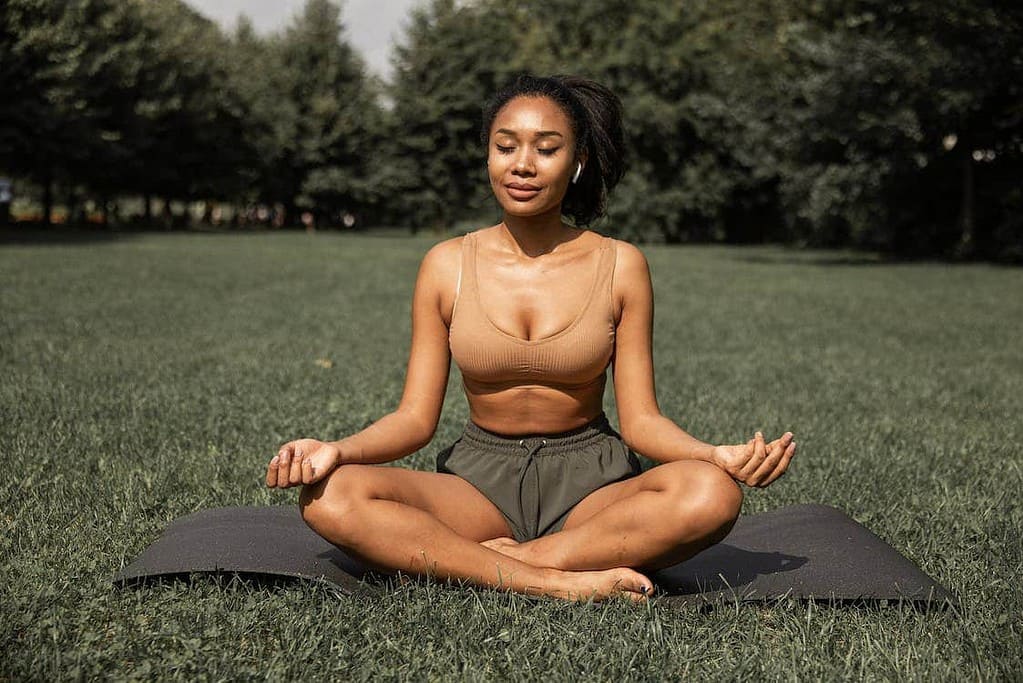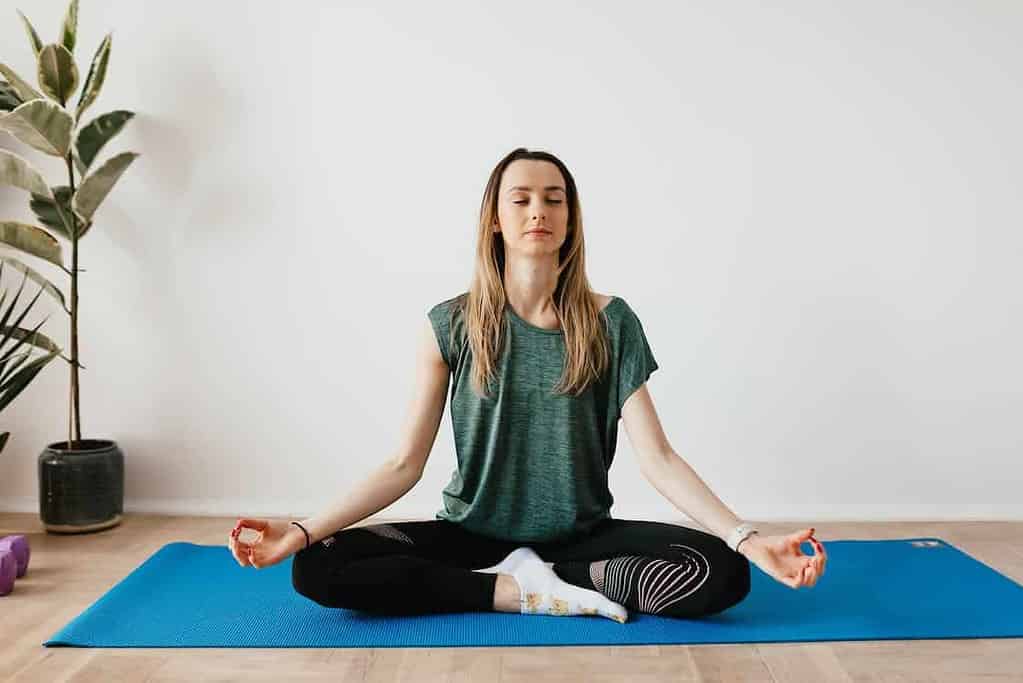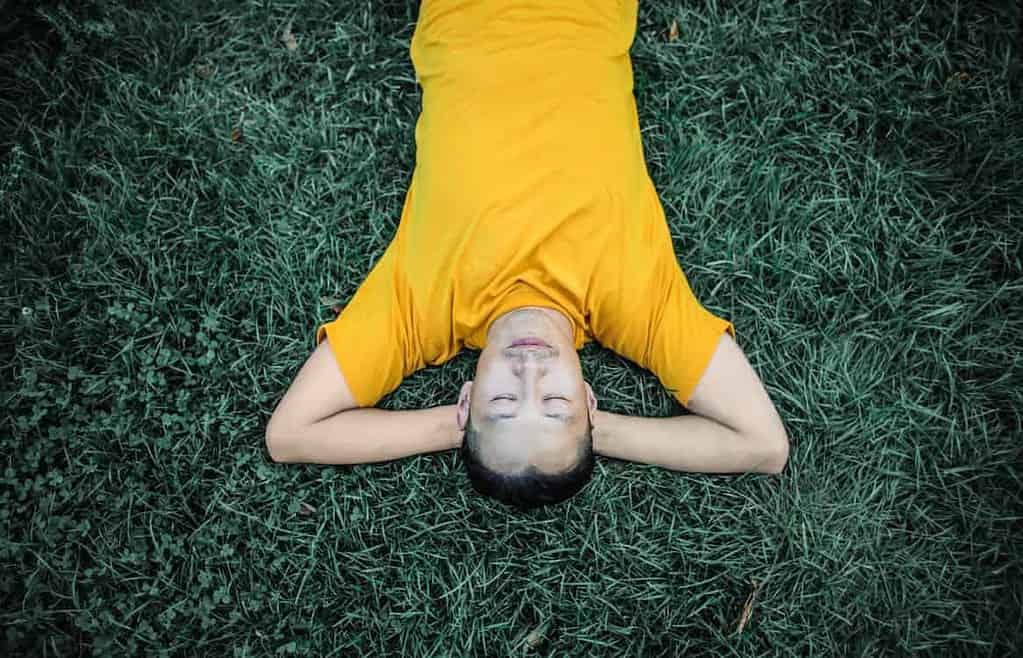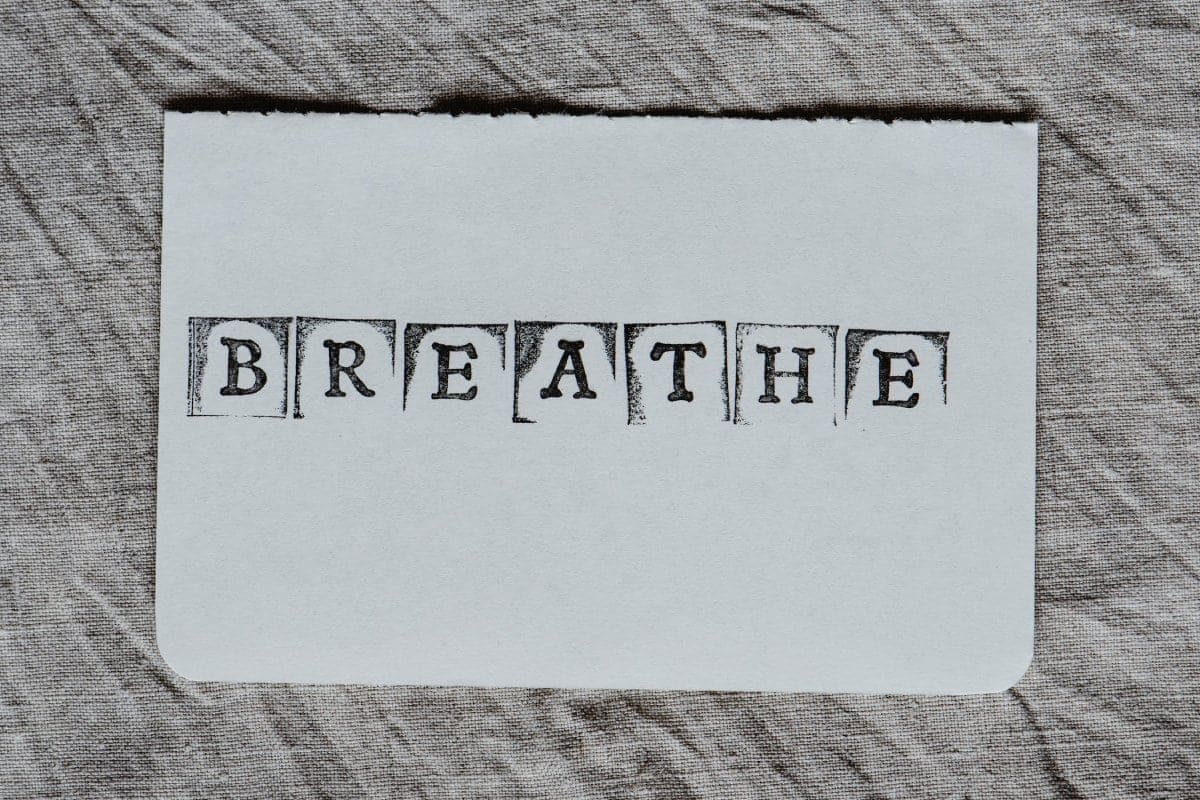Did you know that you can use your breath to change your life? Yep, really. Breathwork meditation is an umbrella term for a set of techniques that you can use to breathe deeper and live healthier. There are studies that have demonstrated the wide range of benefits that breathing exercises can bring to your life. But you need to know how to breathe properly to experience the right effects.
Are you interested in trying a breathwork meditation? Here we will discuss the different types of breathing techniques that are available to you.
Contents
What is breathwork meditation?
The term breathwork refers to a number of different practices coming from a number of different backgrounds. The one thing that all of the practices have in common is that they use the breath as the number one tool to generate physiological and psychological change. By utilizing deep breathing exercises, you are creating a new state in the body that can have both physical and mental health benefits.
To create these benefits, you must learn to breathe properly, using your diaphragm. The diaphragm is the muscle that sits just below the rib cage. When you breathe using the diaphragm, you will feel the belly rise and fall with each breath.
To practice diaphragmatic breathing, you can lie down on the floor and place one hand on your belly, and one hand on your chest. When you inhale, see if the air is moving into your chest or your belly. It can take some practice, so if you are new to belly breathing, here is a video explaining the process and why you should start doing it:
Benefits of breathwork meditation
When you become comfortable with the diaphragmatic breathing pattern, you will start to experience some of the following benefits:
- Reduce stress, depression, and anxiety
- Deep relaxation
- Stronger immune system
- Ability to process emotions and heal emotional pain or trauma.
- Increased self-awareness and self-development
- Enhanced creativity
- Increased energy and life force
- Better blood flow through the body which can improve mental clarity
- Improved confidence and self-esteem
- Contentment, joy, and happiness
- Connect with a higher consciousness
- Release stored negative energy
- Assist in processing grief or deep sadness
- Help to reduce chronic pain
- Increased well-being and mindfulness

It’s all about the deep breaths
Most of the mentioned benefits come from the action of the parasympathetic nervous system. This is the part of your nervous system that is in control when you feel relaxed and calm.
It is healthy to be in the parasympathetic state as often as possible. This part of our nervous system allows the body to be deeply relaxed, and this is when true healing and rejuvenation can occur. It is an emotional state where inner peace is more likely to be experienced. It is a state where anxiety and depression can not exist.
You can use other practices such as walks in nature, meditation, or yoga to switch on the parasympathetic nervous system, but one of the quickest and most effective ways to get into this relaxed state is by taking deep breaths.
A simple long inhale and a deep, extended exhale will send a sign to the body and brain that you are safe and it is okay to relax in this present moment.
In this state of calmness, you can then choose whether you would like to rest your body for deep healing or to use this heightened awareness to move through an active meditation practice.
Each type of breathwork meditation has its own breathing pattern and process. If you want to practice breathwork, you can try one of the following techniques.

Types of breathing exercises
- Holotropic Breathwork is a specific type of New Age breathwork practice that was developed to help people achieve a certain level of heightened consciousness without using drugs. It is said to increase spiritual well-being and self-awareness.
Holotropic breathwork involves controlling and quickening your breathing pattern to have an influence on your mental, emotional, and physical state. - Shamanic Breathwork Meditation is another type of breathwork meditation that works on overcoming mental struggle. This type of breathwork is often accompanied by shamanic drums and this combination of breathing with the musical rhythm can bring a person into a state of trance. This is where deep insights may be revealed.
- Circular breathing is a technique used by many singers and musicians, that need to produce a long, uninterrupted tone. The circular breathing technique can be developed with practice and it involves breathing in through the nose, while simultaneously breathing out through the mouth.
- Yogic breathing techniques include a wide range of pranayama practices. All techniques involve having control over the breath and the ability to intentionally change the count of breath or the type of breath that is happening.
- Rebirthing breathwork meditation is another type of meditation that is practiced one-to-one with a trained practitioner. This type of breathwork is designed to work through trauma and stress. It is of high importance to be supported in this process, as it can bring mentally challenging moments that need to be processed.
- Traditional meditation can also include simple breathwork meditation that helps you to stay focused in the present moment. Following the breath is a practice that can reduce tension and stop you from feeling stressed out with all the thoughts running through your head.
Breathwork practices for you to try at home
To practice breathwork at home, make sure you have a quiet space where you won’t be disturbed. Find your favorite, relaxing music playlist and put it on for anywhere between 10 to 30 minutes.
Take the first few breaths to just notice if you are storing any tension in your body, if you feel tightness somewhere, or if you are feeling stressed in your mind. Notice which emotions are currently present in your body, and if you can, in your mind, try to name these emotions.
Now, take a deep inhale through your nose for the count of four. Then let a long exhale out through your mouth for the count of four. Continue to breathe in this rhythm and try to stay calm in the body and mind. Keep up the count and the pace to find a sense of flow.
Also, keep a sense of inner awareness as your breath deepens and really feel what emotions are rising up to the surface. The body can manage to hold a great amount of stress and through this breathwork exercise, you might begin to drop deeper into yourself, into a place where your inner truth resides.
Feel the physical sensations that appear as you scan through your body. Notice what your brain is doing and what thoughts is it thinking. By staying in the role of the observer, you can see your body from an outsider’s perspective. Perhaps this even brings a sense of spiritual clarity about what is moving through your life and your current state of health.
With every breath in, invite in a sense of calm, and with every exhale, let go of anxiety.
Stay here, with your breath, for as long as it feels good for you. If you do this breathwork frequently, you might begin to notice that you want to stay in this sweet spot, in the bliss of the breathwork meditation, for a little longer each time.
This is a great exercise to do daily, but more specifically, in times of anxiety or stress. These breathwork exercises can really support you in moving through tough moments and returning to your center.

Frequently Asked Questions:
What are the benefits of breathwork meditation?
Breathwork can contribute to increased inner peace, reduced anxiety and depression, better mental health, more energy, more calmness, more clarity, and increased spiritual connection.
How does breathwork differ from meditation?
While meditation is usually focused on present-moment awareness, it does incorporate some mindfulness around breathing patterns, but that is only one aspect. Breathwork, on the other hand, focuses 100% on the breath. Different styles of breathwork follow specific breathing patterns to create a physical and mental effect.
Where can I learn breathwork?
You can start doing breathwork at home with the guide above, but if you would like to do a deeper session to help heal trauma or increase your spiritual connection, then you may want to seek out a breathwork practitioner to support you in the process. Look online for a local breathwork teacher that can help.



